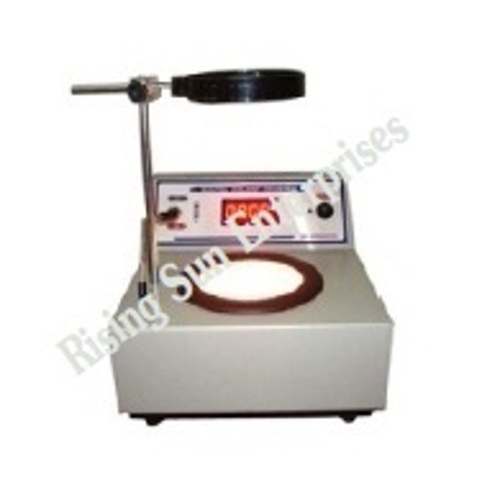Schedule a Call Back
Robotics: A handy tool in India’s manufacturing 2020 mission
 Technical Articles
Technical Articles- May 02,18

- ‘Robot as a Service’ business model, reducing costs for robot deployment
- Leading organisations implementing a chief robotics officer role and define a robotics-specific function within the business
- All new robotic deployments will be smart collaborative robots that operate three times faster and are safe for work around humans
- By 2018, 45% of the 200 leading global ecommerce and omni-channel commerce companies will deploy robotics systems in their order fulfillment warehousing and delivery operations
- By 2019, the government will begin implementing robotics-specific regulations to preserve jobs and to address concerns of security, safety and privacy. Leading organisations in logistics, health, utilities and resources will explore the use of robots to automate operations
- By 2020, 40% of commercial robots will become connected to a mesh of shared intelligence, resulting in a 200% improvement in overall robotic operational efficiency
- By 2020, companies will have a greater choice of vendors as new players enter the $ 80-billion information and communication technology market to support robotics deployment. Robotics growth will accelerate the talent race, leaving 35% of robotics-related jobs vacant while the average salary increases by at least 60%
- By 2020, 60% of robots will depend on cloud-based software to define new skills, cognitive capabilities and application programs, leading to the formation of a robotics cloud marketplace
Related Stories

AI will power the next leap in manufacturing efficiency: Prateek Jain
In this interview with Rakesh Rao, Prateek Jain, COO & Co-Founder, Addverb, elaborates on the changing dynamics of manufacturing sector and role played by automation in driving efficiency.
Read more
Automation and mechanisation will co-exist in Indian manufacturing: Vivek Prasad
In this interview, Vivek Prasad, Executive Director, Avalon Consulting, explains how AI-led automation is elevating manufacturing efficiency and reshaping the future of smart, competitive production..
Read more
Automation is transforming India's manufacturing landscape: Ramesh Bhorania
In this interview, Ramesh Bhorania, Vice President, Robotics & FA Division at Prama Hikvision India, shares how advanced robotics, AI, and digitalisation are transforming India’s smart manufacturi..
Read moreRelated Products

Digital Colony Counter
Rising Sun Enterprises supplies digital colony counter.
Robotic Welding SPM
Primo Automation Systems Pvt. Ltd. manufactures, supplies and exports robotic welding SPM.

Heat Exchanger Scale Removal Compound -hesr-300
Hi There!
Now get regular updates from IPF Magazine on WhatsApp!
Click on link below, message us with a simple hi, and SAVE our number
You will have subscribed to our Industrial News on Whatsapp! Enjoy













